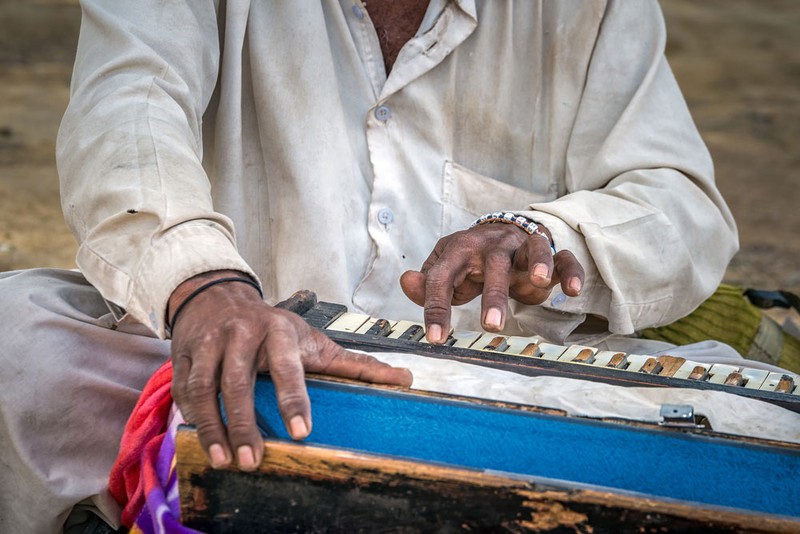Do you remember the time when you were a kid and in the evening all you could hear was the folk and traditional songs? And now that you are old, you may or may not play the songs but they are quite vivid in the minds and hearts. Keeping this memory refreshed, let’s dive into the history and evolution of some traditional forms.
- Qawwali: This form of music has lyrics revolving around verses from Islamic poetry and numerous hymn forms. Languages that are mostly used in this form of music are Punjabi and Urdu. Sufis perform qawwali to represent God’s devotion and closeness to spirituality. Originally qawwali was traced back to the 8th century in Persia which later grew its roots in the Indian subcontinent, Turkey, and Uzbekistan. A qawwali is staged to make a spiritual atmosphere. A group of artists (also addressed as qawwals) sit down together on a floor and sing the hymns & verses repetitively with variations and improvisations. Traditionally very basic instruments are used like a tabla, harmonium, sarangi, and dholak. Clapping acts crucial for some verses, hence with the audience being a part of the clapping flow it helps ooze out spiritualism.
- Sohar: Sohar songs are religiously devoted to the birth of a child. In the Bhojpuri dialect, it is pronounced as sohal which means “feeling good”. Back in the days when a son was born to an Indian family, it was a celebrating event. Hence to enhance this joyful event, folk songs were played in the verandas of the Indian families. Today in some parts where Sohar songs are played, they are devoted to the very magic of childbirth.
- Ghazal: Ghazal music can be easily confused with qawwali. There is a major difference and here’s why there is a clear one. Ghazals are poetries that revolve around unattainable love, nostalgic love, or forgotten love while qawwali is a huge spectrum of topics and subjects. Ghazals also originated in Persia in the 10th century and grew its popularity in the Indian subcontinent. A ghazal is seen as a poetic representation of both pain and loss of separation of love. It brilliantly represents the beauty and kindness of love. Instruments that are usually used in ghazal songs are santoor, harmonium, tabla & sitar.
Other than these there are other beautiful forms of music like Chaiti, Sufi, Kavita, and Kajari. The old radio your grandfather used to hold close to his ears was a stash for some of these forms of arts. Now remembering the times when your father hymned religious songs and made you recite and clap along, it made you feel spiritual and a little skeptical. It was just yesterday, that you were stuck in the traffic and the radio sprung your mood up with your father’s favourite 80s song. There may be a generation gap build-up, and different forms of music are developed for each, but do you think you will not make your kids listen to your favorite 90s songs?

